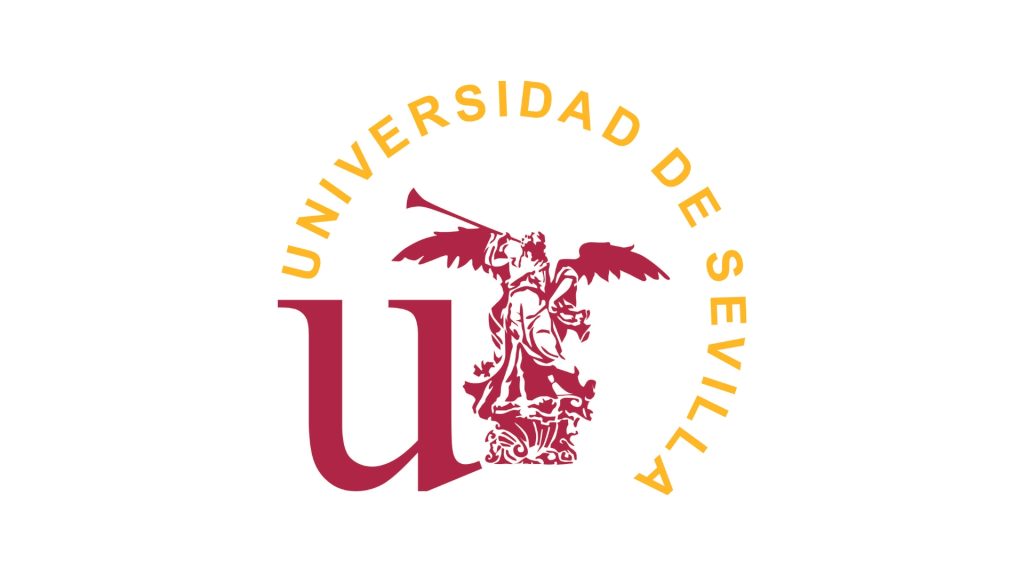
The Universidad de Sevilla (US) originally dates to the 15th century. US, with more than 70000 students, and 6700 staff, is the third largest university in Spain. More than 10000 students are following postgraduate courses, enrolled in 86 master programs and 152 doctoral programs. The Universidad de Sevilla is also committed to research, with 336 national, 74 regional, and 58 European open projects. In addition to its 4300 academic staff, there are 1600 researchers under different contracts. Research is carried out in the university departments, in 8 joint research centers and 9 university research institutes.
The Central Research Services of US provide the most advanced and state-of-the-art analytical instrumentation and techniques to research groups, public research institutes, and industries. In the Research services, there are laboratories specialized in microanalysis techniques, X-Ray and radioisotopes techniques, LSC, microscopy, ICP-OES, ICP-MS and mass spectrometry, OSL/TLD, NMR, XPS, Biology techniques and sample preparation, among others. Moreover, the US has the lead role in CNA, an international center of excellence for accelerator science and technology.
US embraces academia, industry and engineering and science and provides an intellectual reference in the South of Europe, with a powerful educational and technological infrastructure.
In the last years US participated in several Marie Curie ITN projects (5), coordinated one Erasmus Mundus Joint Master (EMDIREB 2012-2352) and one Erasmus Mundus Action 2, EMA2 (Phoenix). It has been the coordinator of three TEMPUS and one K2 Capacity Building and was beneficiary in 20. US has coordinated and participated in more than 40 EU projects from FP7 and H2020 in the last three years. In the last three years, US participated in 3 Marie Curie projects and 4 ERC projects. Currently, US coordinates and participates in more than 16 EU projects from H2020. US participates in 2 Marie Curie programs and 4 ERC programs and in 3 ITN projects. US participates in the MC-ITN projects (OMA-oPAC), coordinates one Erasmus Mundus Joint Master (NUPHYS), one Erasmus Mundus Action 2, EMA2 (Ember) and 2 K2 Capacity Building (INCHIPE and MARCOPOLO), and is the beneficiary of six K2 projects.
The Faculty of Engineering (ETSi) is the center of the US with the highest number of enrolled students, new students, and graduates. The objective of ETSi is to carry out the social function entrusted to it by society, which consists of the training of engineering professionals, the transmission of knowledge, research, development, innovation, and technology transfer to our environment, to contribute to the growth, dynamization, and improvement of the quality of life of citizens.
To this end, the ETSi offers 8 undergraduate degrees, 11 master’s degrees, and 4 doctoral programs in the areas of industrial engineering, telecommunications engineering, aeronautical engineering, civil engineering, and chemical engineering, as well as in various branches of specialization within these engineering fields. Throughout its history, more than 17000 graduates have left its classrooms for the job market. Currently, the ETSi university community has more than 5600 students, more than 500 professors and researchers, and almost a hundred administrative and service personnel.
ETSi is well positioned in international rankings, including the Shanghai ranking, where four ETSi disciplines occupy the top positions in Spain and are among the 300 best in the world.
US team in this proposal develops its R&D work with the Structures research unit settled at the Continuum Mechanics and Theory of Structures Department of ETSi. Research is being developed on the following thematic lines: Structural Analysis of Historic Buildings; Structural Dynamics and Earthquake Engineering; Static and Dynamic Fracture Mechanics; Numerical Methods; Wave Propagation in Solids and Fluids; Mechanical Contact and Surface Wear; Railways; Structural Health Monitoring; Low Environmental Impact Construction Materials; Dynamic Soil-Fluid-Structure Interaction; Energy Harvesting; Experimental Analysis.
Website: www.etsi.us.es

You can reach the project coordinator Pedro Montenegro at:
paires [at] fe.up.pt

This project has received funding from the Europe’s Rail Joint Undertaking under Horizon Europe research and innovation programme under grant agreement No. 101121765 (HORIZON-ER-JU-2022-ExplR-02).
Views and opinions expressed are however those of the author(s) only and do not necessarily reflect those of the European Union or Europe’s Rail Joint Undertaking. Neither the European Union nor the granting authority can be held responsible for them.
All Rights Reserved © 2023 | Made: Perto Creative Agency